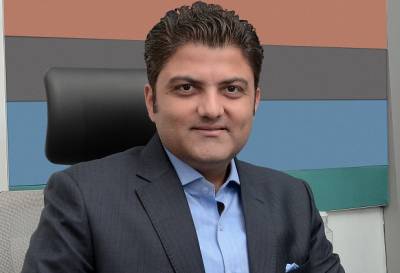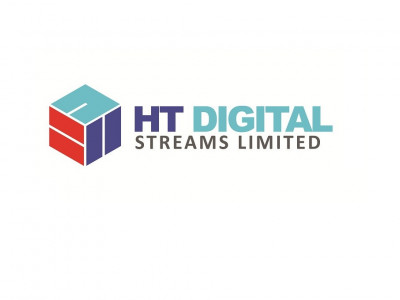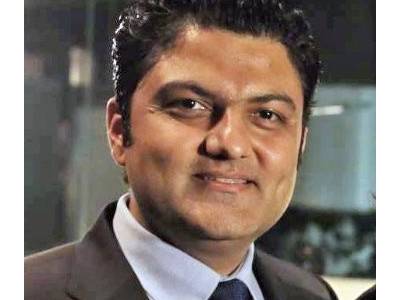2017 in Review: Democratisation of OTT content a boon for revenues: Abhesh Verma
Abhesh Verma, COO, nexGTv, does a recap of the key developments that took place in the OTT space in India during 2017. He is bullish on the great improvements made in India’s digital infrastructure. According to Verma, the launch of Jio has brought a paradigm shift to the mobility and internet ecosystem of this country.
The game-changing developments
From an OTT perspective, several macro and industry specific developments have left a significant impact on the business operations. Firstly, India’s digital infrastructure has improved leaps and bounds, and although much work is yet to be done, the direction and the speed with which such changes are happening spells good news. 4G network has been adopted with a high degree of pervasiveness in India, and combined with the data costs across all operators coming down, India has emerged as the world leader in terms of consumption of mobile data.
The policy changes have also positively impacted digital adoption by Indian users. November 8, 2016’s watershed announcement of demonetisation opened up the otherwise conventional Indian user to the prospects of digital wallets and online payment platforms. Furthermore, infrastructural investments made by the government and its continued focus on developing the digital framework of the country have created a favourable environment for digital content providers.
Lastly, the industry has seen the entry of a high number of OTT platforms even by ISPs and individual content providers and owners. The high success of established content powerhouses on the premium and subscription based OTT models such as Hotstar have reinvigorated the industry towards creating a revenue-based content consumption model. Seamless transmission of content on any device of the user’s choice, emergence of Tier 2 and 3 Indian cities as major OTT content markets, the development of regional content and its increasing demand registered at 60-65 per cent month-on-month, and the emergence of original content in popular regional languages have also contributed greatly in shaping the business aspect of the OTT sector.
The impact
The OTT players, buoyed by the success of the OTT content model, are becoming much more confident in dealing with established telecom and DTH operators and entering into the B2B sector to bring the MSOs and ISPs to the OTT space. NexGTv recently helped DEN Network to become India’s first MSO to launch an OTT app – the DEN Plus. This agreement with network providers was earlier the prerogative of big media/production houses, while today, the balance of power has gradually shifted towards OTT players.
Production houses are also realising the discernible tastes and preferences of the mobile generation, and have predicted OTT as the future of content consumption. In fact, OTT players have helped established players open their digital wings to create content at a fraction of a film cost. Content producers, MSOs and ISPs, and other relevant stakeholders have realised the newfound importance of OTT to stay ahead of the curve.
Based on the positive response garnered by regional content, stakeholders are looking to bet big on regional content, considering the demand as well as the quality of content being made. However, such a step might result in some amount of homogenisation of content if regional shows are to be transformed into a form that attracts audience across regional boundaries. The focus, then, will be to form a unique kind of content that retains the flavour of the region while trying to assimilate sensibilities that are more universal in nature.
2017 – Annus horribilis or Annus mirabilis?
This year, significant changes happened that have laid a strong foundation for the industry to grow further. Launch of Jio has brought a paradigm shift to the mobility and internet ecosystem of this country and brought down prices for good quality, consistent internet experience to 1/10th. With availability of better internet bandwidths, there is a change in user behaviour in consuming mobility and data services. Suddenly, the focus of the industry has shifted to content providers and aggregators, and with international players entering the domain, content has undoubtedly emerged as the king.
In terms of user behaviour, constant higher engagement has been recorded by users, with higher average session times and users logging in more sessions per day. In fact, the gap between content consumer and creator has blurred, as users have started generating and posting a lot of content. This democratisation of content space has spelt good news in terms of revenue as well, with greater inventory generating more returns. Jio launching its own OTT service has also served as a great shot-in-the-arm to the industry and even MSO/ISP providers have started to feel the heat.
From an organisational perspective, the content as well as products introduced by NexGTv has received overwhelming response from the audience, such as our debut on the big screen with NexGTv’s app being listed on Amazon FireTv as a featured app. From delivering regional OTT content to entering in deals and partnerships with global players, the digital content consumption boom has surely hit India hard. Combined to that the extensive popularisation of smartphones, smart devices and a developing digital infrastructure has contributed to the rise in importance of OTT players.
















Share
Facebook
YouTube
Tweet
Twitter
LinkedIn